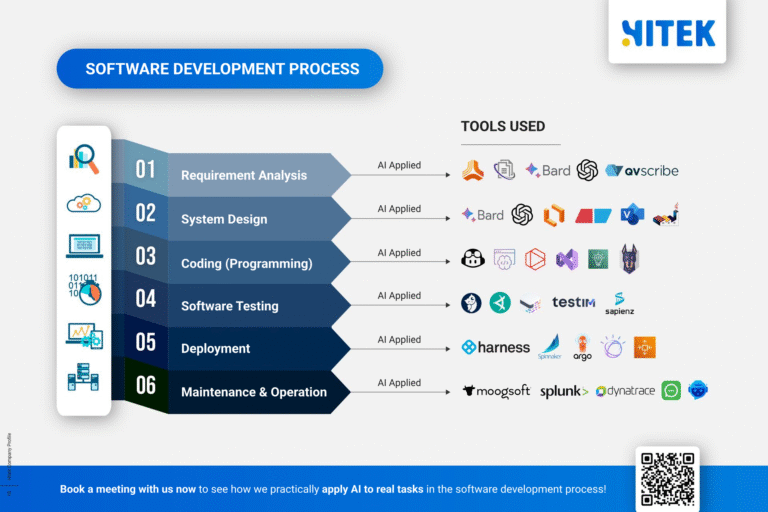In software development, “epic” often surfaces in conversations about project management and agile methodologies. But what exactly is an epic, and why is it so important for teams, especially in Australia’s thriving tech industry? Whether you’re a seasoned developer, a project manager, or just dipping your toes into the agile world, understanding epics is key to delivering successful software projects.
Let’s break it down in an insightful and easy way to grasp—no jargon, no fluff, just the essentials you need to know.
Contents
ToggleWhat Is an Epic?
In software development, an epic is a large body of work that can be broken down into smaller, more manageable tasks called user stories. Think of it as a chapter in a book: while the chapter (epic) tells a broader story, the paragraphs (user stories) provide the finer details.
Epics are typically used in agile frameworks like Scrum or Kanban to organize and prioritize work. They help teams focus on delivering value incrementally while keeping the bigger picture in mind. For example, suppose you’re building an e-commerce platform. In that case, an epic might be “Implement User Authentication,” which could include user stories like “Allow users to log in with email” or “Enable password recovery.”
Why Are Epics Important?
Epics serve as a bridge between high-level project goals and day-to-day tasks. Here’s why they matter:
- Clarity and Focus: Epics provide a roadmap for teams, ensuring everyone understands the overarching objectives.
- Prioritization: By breaking down large tasks into smaller ones, teams can prioritize work more effectively.
- Flexibility: Agile teams can adapt to changes without losing sight of the end goal.
- Progress Tracking: Epics make it easier to measure progress and identify bottlenecks.
For Australian tech teams, where collaboration and efficiency are paramount, epics are game-changers. They align teams across cities like Sydney, Melbourne, and Brisbane, ensuring everyone is on the same page—even when working remotely.
How to Create an Epic
Creating an epic isn’t just about labeling a task; it’s about thoughtful planning and collaboration. Here’s a step-by-step guide:
- Define the Objective: Start by identifying the epic’s goal. What problem are you solving, and what value will it deliver?
- Break It Down: Divide the epic into smaller user stories. Each story should be actionable and testable.
- Prioritize: Work with your team to determine which stories should be tackled first.
- Assign Ownership: Ensure each story has a clear owner who will drive it to completion.
- Track Progress: Use tools like Jira or Trello to monitor the status of your epic and its associated stories.
Epics in Action: A Real-World Example
An Australian fintech startup is developing a new mobile banking app. One of their epics might be “Enable Secure Transactions.” This epic could include user stories like:
- “Implement two-factor authentication for login.”
- “Allow users to transfer funds between accounts.”
- “Notify users of successful transactions via SMS.”
By organizing the project into epics, the team can focus on delivering one piece of functionality at a time, ensuring a seamless user experience.
Epics vs. User Stories: What’s the Difference?
While epics and user stories are closely related, they serve different purposes. Here’s a quick comparison:
| Aspect | Epic | User Story |
|---|---|---|
| Scope | Broad and high-level | Narrow and specific |
| Purpose | Outlines a significant feature or goal | Describes a single functionality |
| Timeframe | Weeks to months | Days to weeks |
| Example | “Build a Payment Gateway” | “Allow users to save card details” |
Understanding this distinction is crucial for effective project management.
Best Practices for Managing Epics
To make the most of epics in your software development process, consider these tips:
- Keep It Manageable: Avoid creating epics that are too large or vague. If an epic feels overwhelming, break it down further.
- Collaborate with Stakeholders: Involve product owners, developers, and designers in planning to ensure alignment.
- Use Visual Tools: Tools like Jira, Asana, or Monday.com can help visualize epics and their progress.
- Review Regularly: Conduct sprint reviews to assess the status of your epics and make adjustments as needed.
For Australian teams, leveraging these practices can lead to smoother workflows and better outcomes, whether you’re working on a startup project or a large enterprise solution.
The Role of Epics in Agile Transformation
Australia’s tech industry is increasingly adopting agile methodologies to stay competitive globally. Epics play a vital role in this transformation by enabling teams to deliver value faster and more efficiently.
According to a report by the Australian Computer Society, agile adoption has surged in recent years, with 70% of Australian organizations using agile practices to some extent. Epics are a cornerstone of this shift, helping teams easily navigate complex projects.
Final Thoughts
In the fast-paced world of software development, epics are more than just a buzzword—they’re a powerful tool for organizing work, driving collaboration, and delivering value. For Australian teams, mastering the art of creating and managing epics can lead to greater efficiency, happier clients, and more successful projects.
So, the next time you’re faced with a daunting project, break it down into epics, tackle one user story at a time, and watch your team’s productivity soar.
Ready to take your software development process to the next level? Start by identifying your next epic and see how it transforms your workflow. And if you’re looking for more insights on agile methodologies, check out Atlassian’s guide to epics.
By understanding and leveraging epics, Australian tech teams can stay ahead of the curve and deliver innovative solutions that make a real impact. Happy coding!









